Flower Meanings
Protea


The Meaning of Protea
The meaning of the protea depends on both the circumstances and the relationship between the giver and the receiver. But there are a few common meanings we can all agree on:
- Diversity
- Daring
- Transformation
- Courage
There are 2 main legends or symbolic meanings attached to protea. One of which comes from South Africa and the other from Greece (which we’ll talk about a little later).
In South Africa, the beautiful protea flowers received their name because of their interesting, unique petals. The petals reminded South Africans of a crown, so they decided to give this beautiful bloom the name ‘Protea.’
Protea Color Meanings
There are many flowers that have just one meaning, but the protea has many meanings depending on its color… and it has a lot of color varieties. Here are just a few different colors and what their protea color meaning is:
- Friendship, compassion, and trust
- Love & passion
- Femininity & motherly love
- Royalty, mystery, charm, & grace
What Does Protea Smell Like?
Protea is not known to have any fragrance.
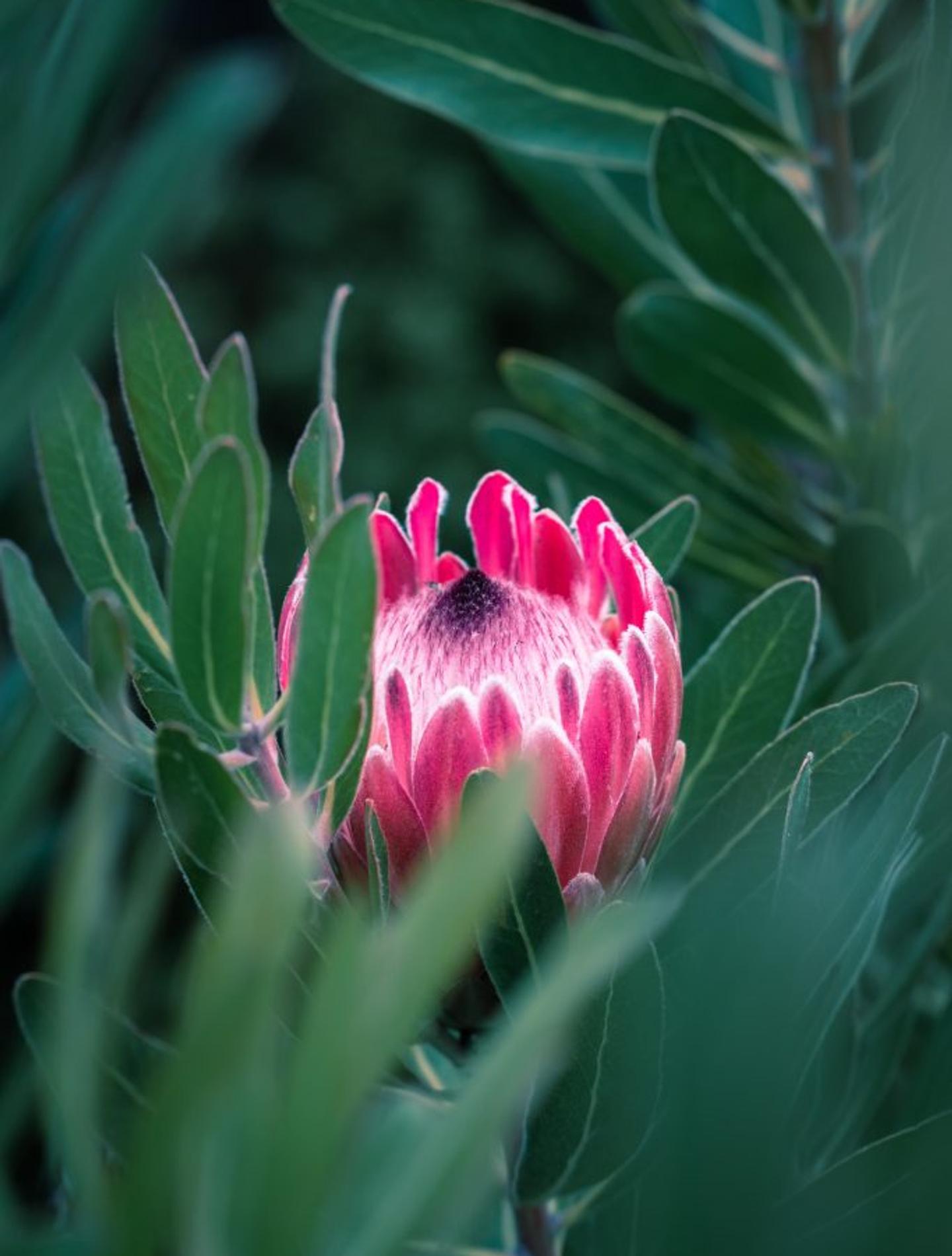
"The king protea opens like corona of a star Only thing inside that’s missing is eye that sees far."
Patrycjusz Kopec
The History of Protea
The protea, the King Protea specifically, is most well known for its place as South Africa’s National Flower.
The genus itself was named in 1735 by Linnaeus after the Greek God Proteus, known for his ability to change shape at will. Legend has it, Proteus had the power to predict the future and was often sought out by people interested in finding out what life had in store for them. However, he didn’t share his intel very willingly and would frequently change form to escape and avoid these kinds of confrontations. People who sought his services had to hang onto him for dear life in order for him to share what was to come.
With around 112 different species, 89 of which are restricted to Southern Africa and only occur within the South Africa’s Cape Floristic Region. Evidence from fossil pollen has shown that the Proteaceae family has its origins from the supercontinent Gondwana 140 million years ago. Fossil evidence has also revealed that proteaceous plants were once found in Antarctica prior to climatic cooling that turned it into today’s icy wilderness.
Some proteas can grow up to 5 meters (about 16 feet), one example being the Protea nitida also known as the Wamboom or Wagon Tree in Afrikaans. This variety was historically used for firewood, making charcoal, and tanning leather. The wood was also used for making brake blocks and wheel rims for wagons, which explains the name “Wagon Tree.”
The bark was also often used to make an infusion for treating bowel issues, while the leaves were used for making ink.
The more popular variety, the King Protea, are far more common and widespread. They can be found in many forms, colors, and sizes, depending on the area of origin.
However, there are also many species of protea on the brink of extinction. Protea odorata is one that falls into this category. [1]
DID YOU KNOW - Protea Fun Fact
Australia has the greatest diversity of protea species. [2]
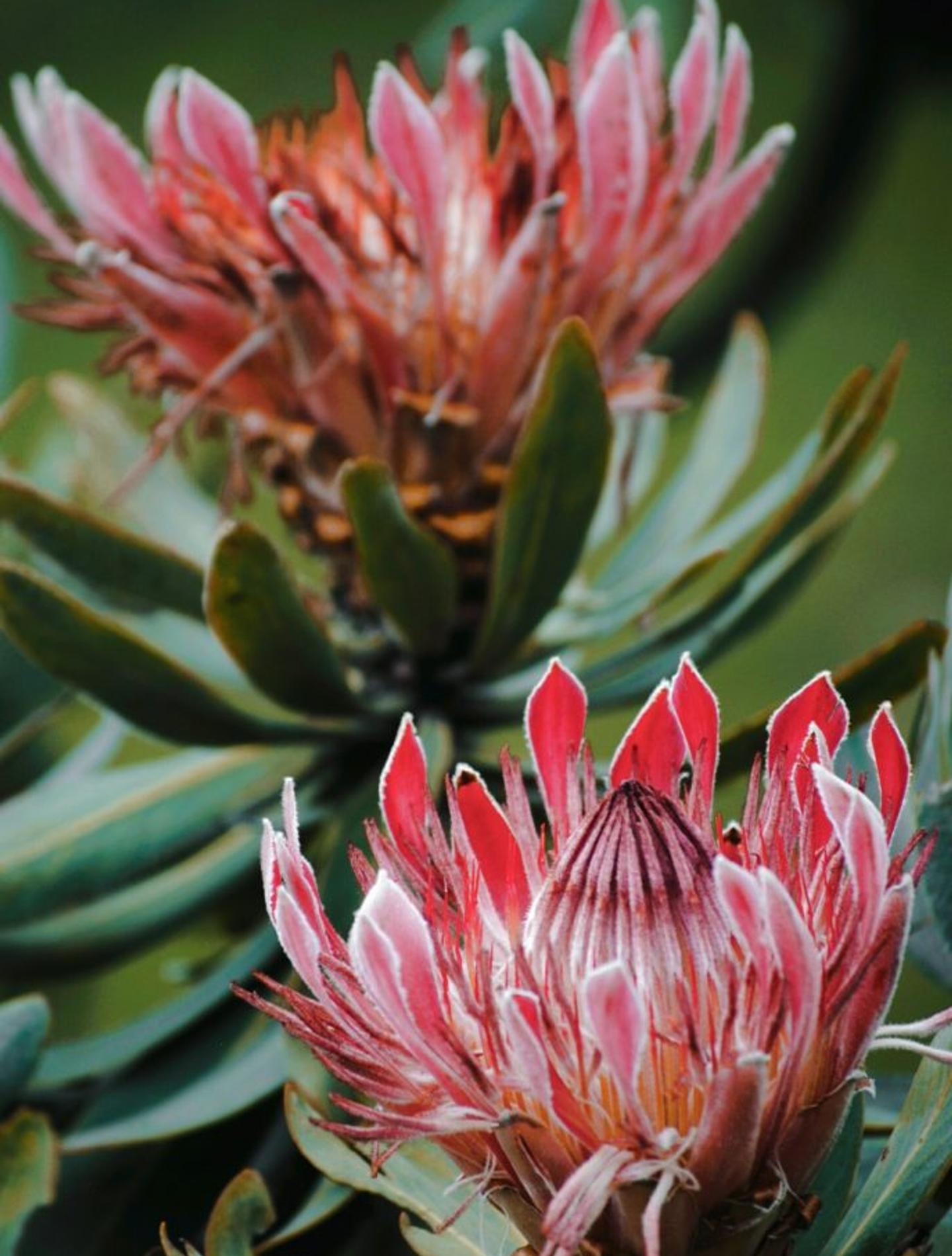
How to Grow Protea
The first and most important thing to know about protea is they are not for beginners and not for every climate.
Since they are native to South Africa and Australia, they require heat, sun, and very well-draining soil.
If you’re up for a bit of a challenge, let’s do it:
- The first thing to look at here is going to be soil. Well-draining soil is a MUST for these unique beauties. Their roots grow horizontally just below the soil’s surface; if the water is allowed to sit and pool on the surface, they will become waterlogged. Not good for your new plant!
- To improve draining, mix some bark into your soil.
- Once planted, water your plant every two to three weeks, more frequently in the early weeks.
- Proteas can stand temps from 23 to 100 degrees F.
- They thrive in acidic, nutrient-poor soil, so avoid fertilizer. [3]
DID YOU KNOW - Protea Fun Fact
Proteas are so hardy, they can survive wildfires. [2]

How to Care for Protea
Alright, and now onto how you should care for your freshly cut protea.
Before you place your fresh proteas in water, be sure to remove all of the foliage that would be submerged under the waterline and cut about a half-inch off of the stems at an angle.
Do this every few days, along with replacing the water in the vase to increase the longevity of your protea.
Try and keep your fresh blooms in a cool place where the sun won’t catch them and away from any vents or heaters.
Pro Tip: About 1/4 tablespoon of household bleach per quart of water can also help lengthen your cut protea’s life! [5]
When to Send Proteas as a Gift
The message behind the protea has been the same for centuries: always be courageous and always let your uniqueness shine. Give protea as an uplifting gift, someone who is about to start a new job or move to a new city. [4]

References:
- 1 - Cape Town Botanist
- 2 - The Culture Trip
- 3 - Gardening Know How
- 4 - Flower Meanings
- 5 - Find Any Answer
Flower Meanings — keep discovering
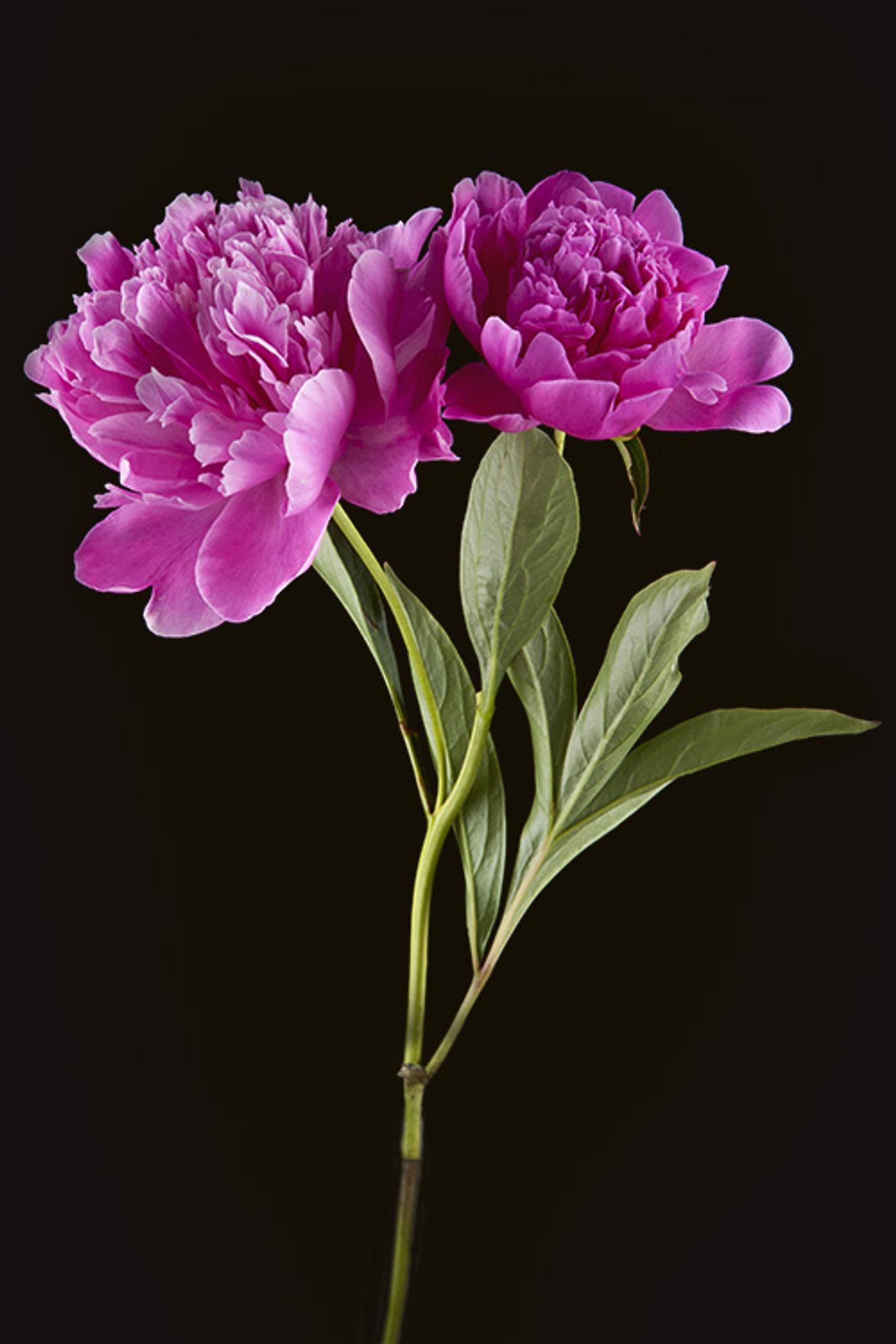
Peony
It’s plain to see the sheer beauty of the peony, and if you’ve ever gotten up close and personal with one, there’s no denying that their beauty pairs nicely with their enticing, floral fragrance that we just can’t seem to get enough of. If you thought the peony couldn’t possibly contain any more sophisticated beauty, you thought wrong!
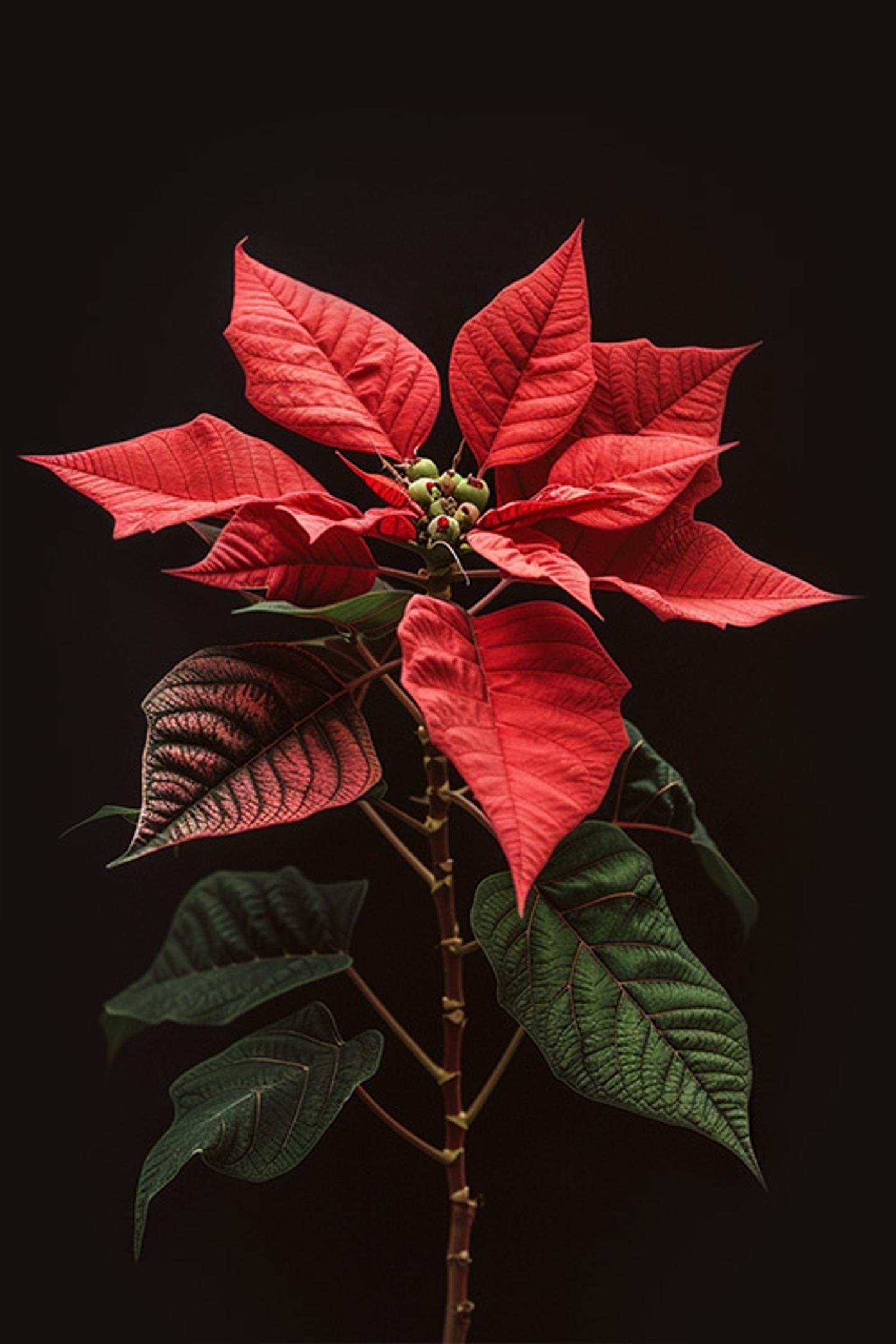
Poinsettia
The ultimate holiday plant – Poinsettia in the house! Known for its classic red and green foliage, these beautiful red blooms are frequently used in Christmas floral arrangements, churches, and commonly given as gifts throughout the holiday season!
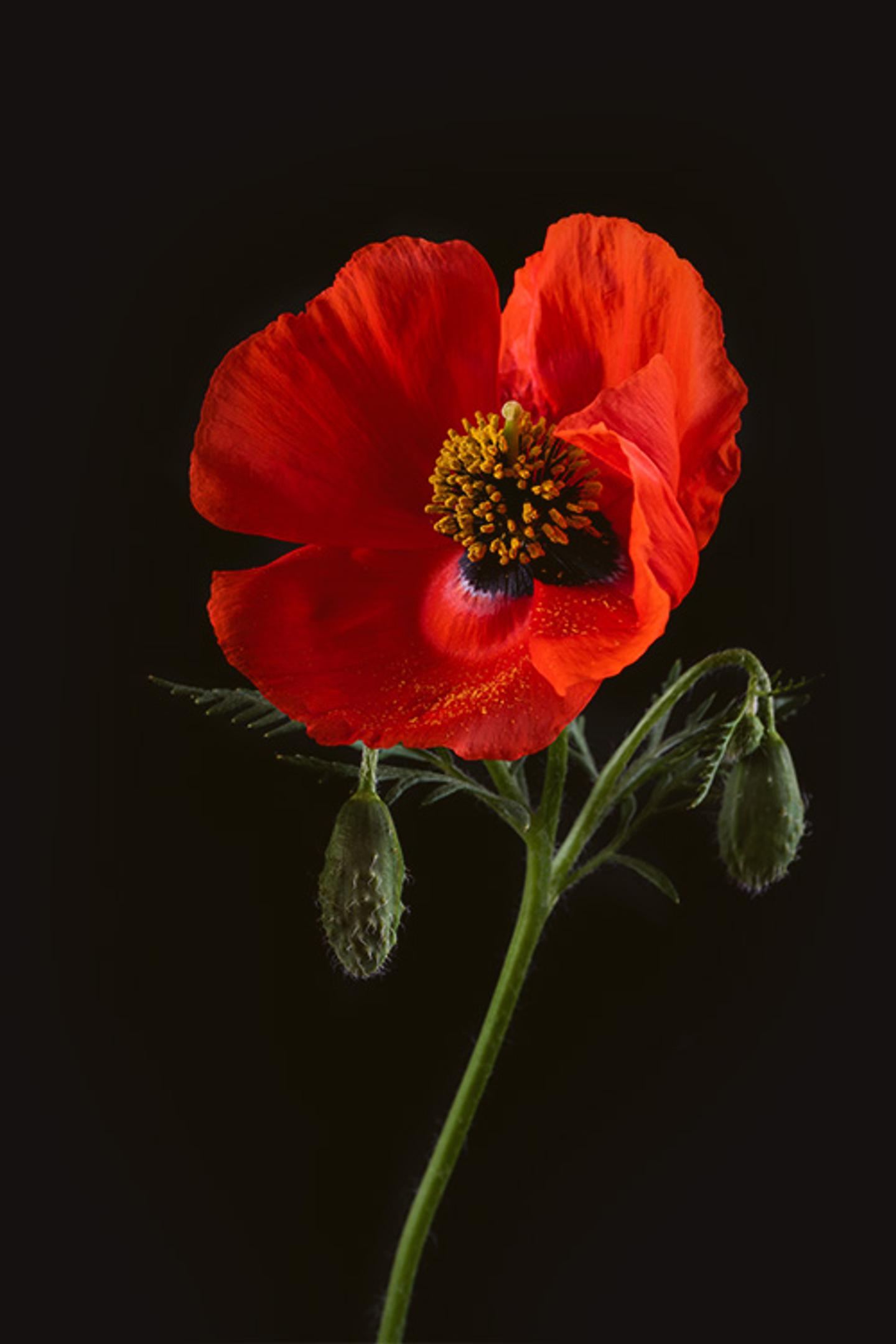
Poppy
They’re stunning, they’re elegant, they’re vibrant and beautiful! With their endless colors, ease of growth, and bountiful symbolism, these blooms are way more than just a pretty face!
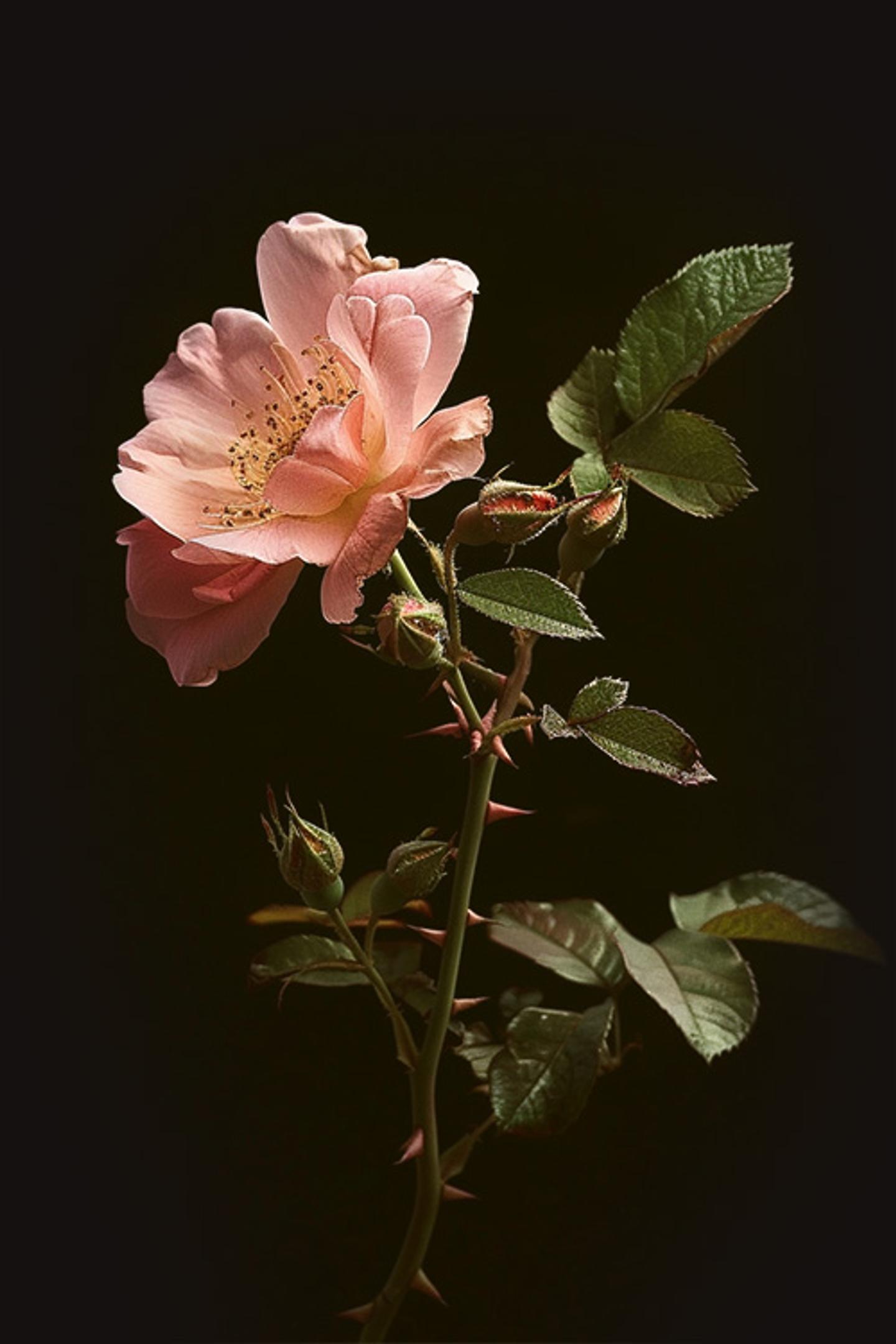
Prickly Wild Rose
The prickly wild rose, often identified by their light pink or white petals and prickly stems, are not only beautiful in appearance, but their high vitamin C content and rose hip seeds are commonly used in many skin care products we see on the market today.

Peony
It’s plain to see the sheer beauty of the peony, and if you’ve ever gotten up close and personal with one, there’s no denying that their beauty pairs nicely with their enticing, floral fragrance that we just can’t seem to get enough of. If you thought the peony couldn’t possibly contain any more sophisticated beauty, you thought wrong!

Poinsettia
The ultimate holiday plant – Poinsettia in the house! Known for its classic red and green foliage, these beautiful red blooms are frequently used in Christmas floral arrangements, churches, and commonly given as gifts throughout the holiday season!

Poppy
They’re stunning, they’re elegant, they’re vibrant and beautiful! With their endless colors, ease of growth, and bountiful symbolism, these blooms are way more than just a pretty face!

Prickly Wild Rose
The prickly wild rose, often identified by their light pink or white petals and prickly stems, are not only beautiful in appearance, but their high vitamin C content and rose hip seeds are commonly used in many skin care products we see on the market today.
Ready to send beautiful flowers?
Our guided experience helps you send a one-of-a-kind arrangement perfect for every occasion.
Send Flowers